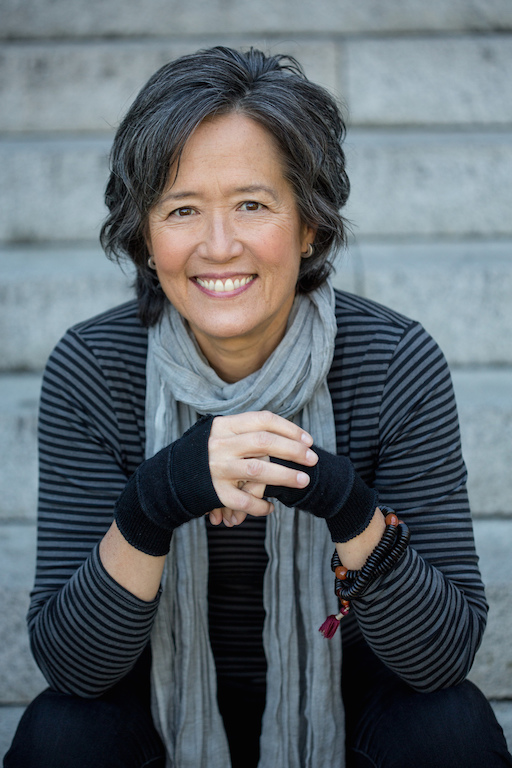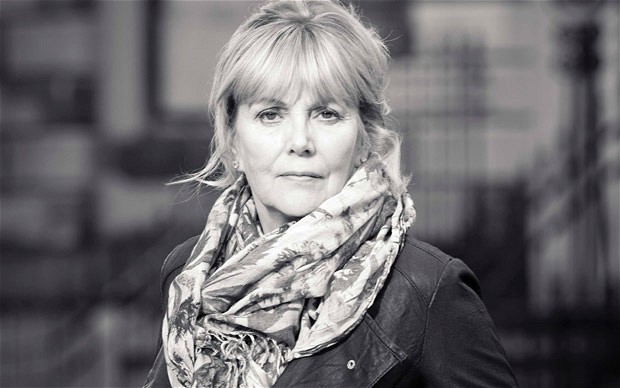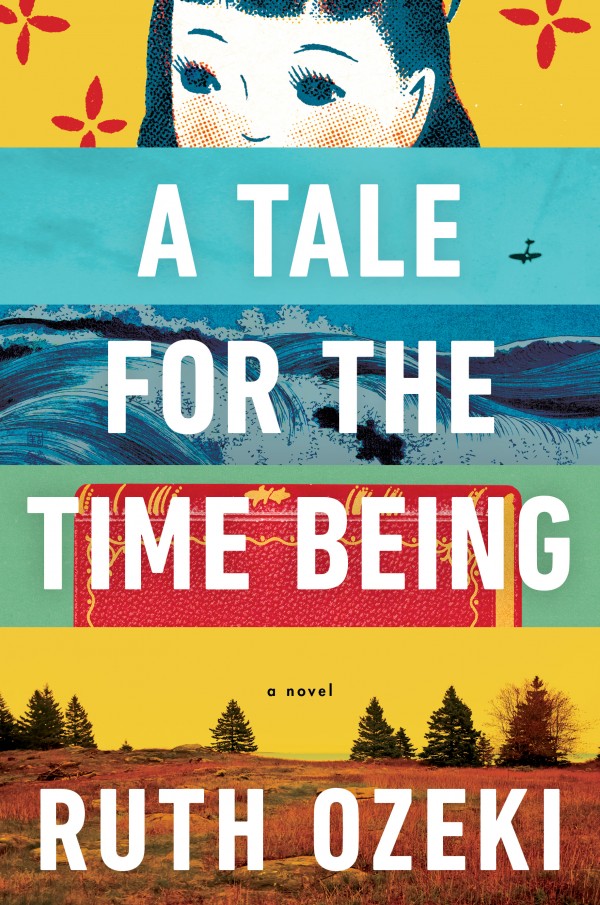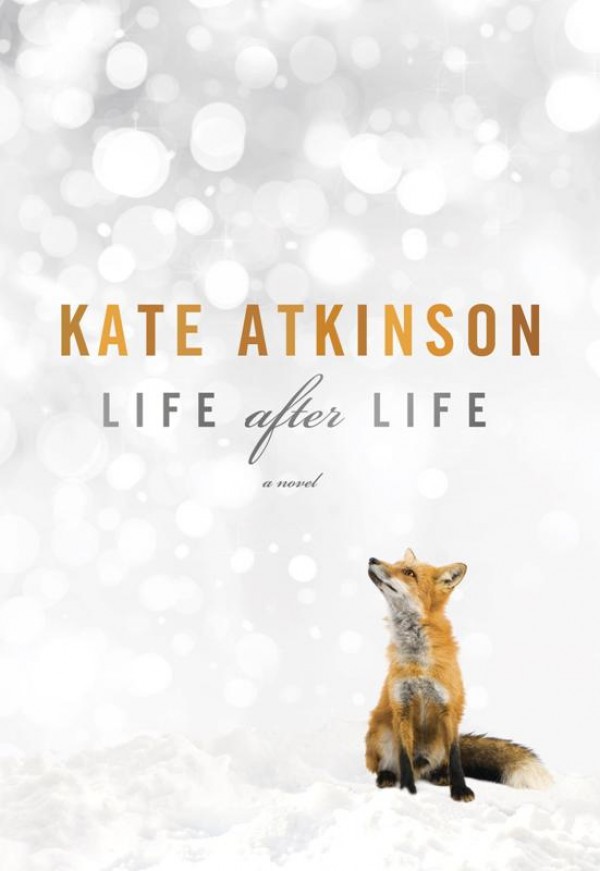A Tale for the Time Being, a vibrant novel with strong Buddhist themes, wants the reader to pay attention: “Hi!” the book begins, mimicking a text message or email chat. Fourth wall broken, the 2013 novel by Canadian author Ruth Ozeki engages us with repeated inquiries. “Who are you and what are you doing?” the charming, youthful narrator asks on the first page. “Are you in a New York subway car hanging from a strap, or soaking in a hot tub in Sunnyvale? . . . Do you have a cat and is she sitting on your lap? Does her forehead smell like cedar trees and fresh sweet air?” By asking these specific questions, the narrator—and through her, Ozeki the author—asks her readers to stop and look around. The question arises: right now, as I read this, what am I doing?
This awareness of the present moment runs throughout this brightly written, poignant, and thought-provoking novel. Ozeki is a Zen priest, and her understanding of Zen principles weaves together the novel’s disparate characters: Nao, a bullied girl in Tokyo; her grandmother, who lives in a monastery right in the path of the Tohoku tsunami; and Ruth, a projection of the author, who finds Nao’s diary washed up on a Canadian beach and becomes engrossed in her story. The multi-layered narrative swims between reality and fiction. Ruth, like us, knows that the tsunami hit Japan’s coast in 2011, but Nao, whose diary pre-dates the disaster, prods her audience with questions from the past.
The diary follows Nao’s struggling, emotionally damaged family in the early 2000s. She attempts to escape being bullied through the ghosts of family history and seclusion with her grandmother, an aged feminist nun. Meanwhile, present-day Ruth struggles to figure out who the author of the diary is and worries that Nao was a tsunami victim. Swept into the story, Ruth becomes more and more central to its outcome. In fact, Nao’s salvation depends on her grandmother—but also on Ruth, the diary reader, and therefore implicitly on us as readers, in the present day. Our engagement with the story connects the now of the narrative to the now of real life, binding the two together in a flexible, mutually affecting relationship.
Nao—a character whose name evokes the present time—calls herself a “time being.” Ozeki is playing with words, modulating between a creature who lives in time and a fleeting sense of the ever-changing now. The idea of now is a koan curled at the heart of the book. Ozeki picks at the concept, circles it, unpacks and repacks it—but she never quite settles on one way of deciding what now means. This refusal to accommodate simple answers gives complexity and satisfying depth to the story.
The central challenge for Ozeki’s characters is to step away from their own stories—even from the fixed narrative of the novel itself—and into the present moment.
“To do zazen is to enter time completely,” Nao tells us. This demand is then placed upon the reader. As Ruth is meditating, her husband asks her, “How long are you going to sit there for? Do you want me to come wake you up?” Although part of a domestic misunderstanding, his words also cut through at the reader: how long will we sit, self-involved and without self-awareness? Do we need a character to step forward and, sharp as a knife, slice us out of the story and into now?
Life After Life, a thrilling novel by British author Kate Atkinson, asks similar questions of the reader—but in a very different way. The novel concerns Ursula, a young woman born before World War I, who lives again and again the same life, subtly or greatly changed each time. At each death—accidental or suicidal, violent or natural—Ursula is reborn, starting from scratch. Over time, she becomes cognizant of her cyclical nature, and the question arises whether she can harness the power of her own rebirth to do good in the world.
Like A Tale for the Time Being, Atkinson’s novel of the same year is centrally concerned with time. Ursula cannot escape the present moment; she lives in a constant now. However, her past lives also follow her, each life building on the last; she has the ability to learn from her mistakes, a strange and very direct karma trailing her from life to life. When Ursula begins to have déjà vu as a child, she visits a local psychologist, who talks to her about Buddhism. “There are some Buddhist philosophers (a branch referred to as Zen) who say that sometimes a bad thing happens to prevent a worse thing happening,” he tells her. This seems to be Ursula’s struggle: to prevent the horrors of World War II through a bit of crafty rebirth.
Ursula’s now is always affected by the past; she remembers what not to do, what went wrong last time, as a looming sense of doom that throws her into action. At times, she can almost predict the future: “One would always be a Cassandra, spreading doom with one’s foreknowledge of events. It was quite wearingly relentless but the only way that one could go was forward.” Through her ability to adjust to death, Ursula embodies a cyclical view of time. Despite the repetition, the story never stagnates but gains momentum, pushing toward a moral reckoning.
Atkinson guides her character toward acceptance of death as a natural part of the life cycle. During the Blitz of London, which Atkinson masterfully describes in historical detail, one character remarks, “If it’s got your name on it, it’s got your name on it.” And Ursula, prone to quoting John Donne, mourns before one of her deaths: “I run to death, and death meets me as fast.” After the tenth or so time Ursula dies, I found myself caring less; rather than mourning her, I was comforted by her imminent rebirth. And indeed, on the next pages, there she was again. Teetering between drama and philosophy, Atkinson conveys the mundanity of death while at the same time honoring and resisting the horror of widespread wartime violence.
While Atkinson’s view of Buddhism is more generalized than Ozeki’s, both authors make Buddhist ideas about time central to their plots. Both also implicate the reader in the story. If reading is always done in the present moment, with the characters alive and reliving each scene as we read, then literature is sort of an ultimate now—always present when we open a page, the story always unfolding. In both books, the novel provides flexible time, a series of shaped and crafted moments in which the story is always fresh.
Ozeki writes with sharp, prodding prose, while Atkinson’s writing has a lovely rhythm and simplicity, each line fixed exactly in place. Both books include moments of horror: the tsunami washing toward northern Japan, the cruelty of bullying in a school bathroom, a pilot caught in a burning plane, a dress with the body half blown out of it by a bomb. Yet both authors also find redemption in moments of simple beauty: the memory of “flax and larkspur, corn poppies, red campion and oxeye daisies” in the burned-out shell of a bombed building, or a cat passed out among the mossy ferns of the monastery courtyard. We find relief from horror, in both tales, by remaining present as witnesses and moving forward with each new “now.”
References
Atkinson, Kate. 2013. Life After Life. New York: Little, Brown & Company.
Ozeki, Ruth. 2013. A Tale for the Time Being. New York: Penguin.















